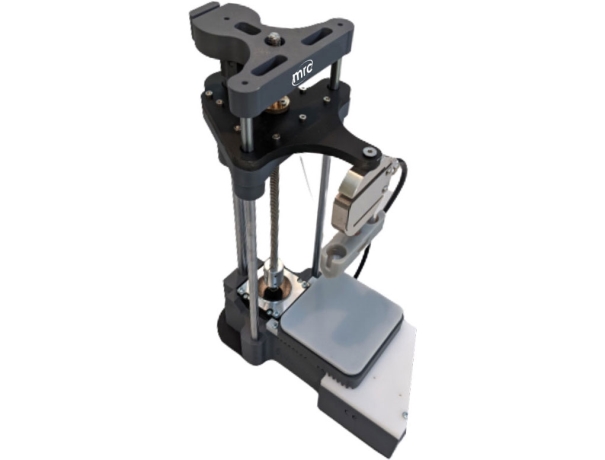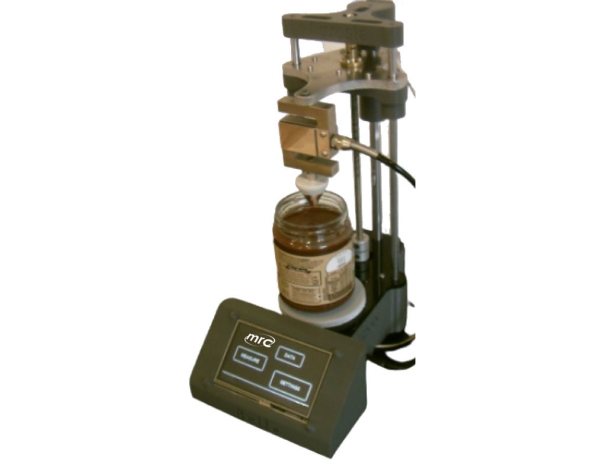A texture analyzer is a sophisticated device used to measure the physical properties of materials. It quantifies attributes like hardness, chewiness, stickiness, and elasticity, providing objective data that can be crucial for quality control and product development. Texture analysis is vital because it helps ensure consistency and quality in products, particularly in the food, pharmaceutical, cosmetic, and packaging industries. By understanding and controlling texture, companies can meet consumer expectations and regulatory standards.
How Texture Analyzers Work
Basic Principles
Texture analyzers work by applying a force to a sample and measuring its response. This interaction helps determine various texture properties based on the sample's resistance to deformation.
Key Components
The main components of a texture analyzer include a load cell (for measuring force), a drive mechanism (to move the probe or fixture), and a data acquisition system (to record and analyze the results).
Applications
Food Industry
Texture in Food Products
Texture is a critical quality attribute in food products. From the crunchiness of a chip to the creaminess of ice cream, It help ensure that each bite meets consumer expectations.
Quality Control
In the food industry, these food analyzers are used for quality control to ensure products maintain their desired texture throughout shelf life. This helps in maintaining brand consistency and customer satisfaction.
Pharmaceutical Industry
Tablet Hardness Testing
For pharmaceuticals, texture analyzers test the hardness and disintegration time of tablets, ensuring they are strong enough to withstand handling but dissolve appropriately when ingested.
Gel and Cream Consistency
They also measure the consistency and spreadability of gels and creams, which is crucial for effective application and patient compliance.

Cosmetic Industry
Cream and Lotion Texture
In cosmetics, the feel of a product on the skin is a key selling point. Texture analyzers help in formulating creams and lotions with the right consistency and sensory attributes.
Consumer Product Development
By understanding texture preferences, cosmetic companies can develop products that appeal more to their target market.
Packaging Industry
Material Strength and Durability
Texture analyzers test the strength and durability of packaging materials, ensuring they protect the product during transportation and storage.
Packaging Design Testing
They also help in testing different packaging designs to find the most effective and economical solutions.

Advantages of Using Texture Analyzers
Consistency in Quality
They help maintain consistent quality, which is crucial for brand reputation and customer satisfaction.
Enhanced Research and Development
They aid in R&D by providing detailed data that can help in formulating new products and improving existing ones.
Efficiency in Production
By streamlining quality control processes, texture analyzers enhance production efficiency and reduce wastage.